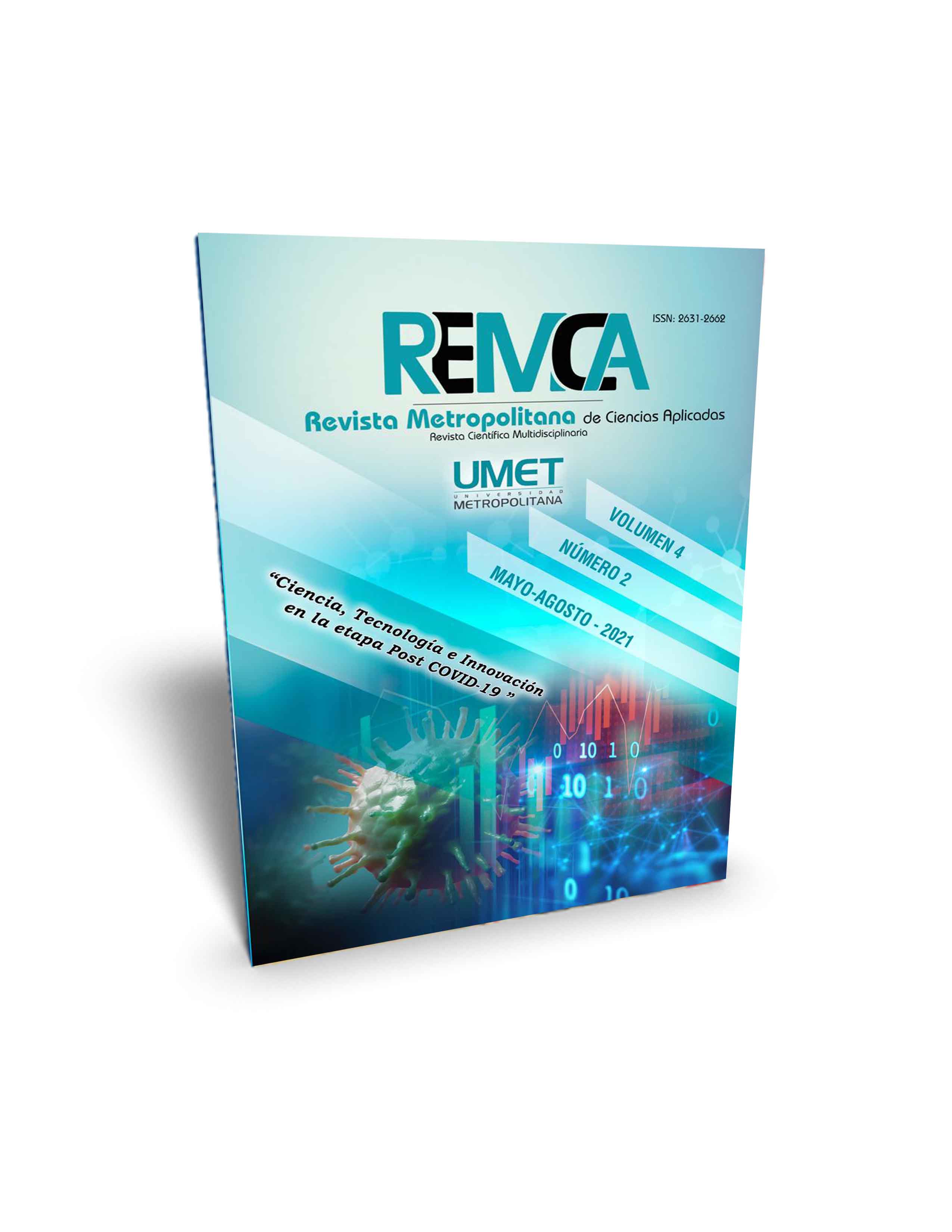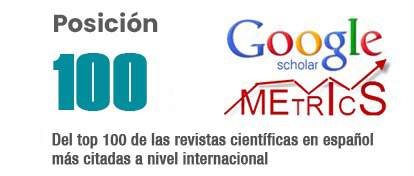Población de animales domésticos en la ciudad de Machala, El Oro, Ecuador y su repercusión en la salud humana
DOI:
https://doi.org/10.62452/sgr5wq17Palabras clave:
Sistemas de manejo y tenencia, núcleo familiar, problemas, alimentación y saludResumen
El presente trabajo, tuvo como objetivo determinar la población de mascotas en la Ciudad de Machala, provincia de El Oro, Ecuador, así como sus condiciones de tenencia, alimentación, salud, estado de confort-bienestar y el uso y beneficios que obtienen sus propietarios. La metodología empleada consistió en la elaboración de un formulario para entrevistas a los núcleos familiares y el registro de datos de los indicadores, in situ, de cada una de las variables antes mencionadas; los resultados, procesados en Excel, se expresan en tablas y figuras de histogramas de frecuencia porcentual. Los resultados muestran que la tenencia de mascotas no ocasiona ningún problema de estar bien atendidas. En la relación con las mascotas y sus dueños.
Descargas
Referencias
Botero Bernal, T. L. (2014). Foro: Tenencia responsable de mascotas. Revista Colombiana de Ciencia Animal, 2(1).
Díaz Videla, M., & Rodríguez Ceberio, M. (2019). Las mascotas en el sistema familiar. Legitimidad, formación y dinámicas de la familia humano-animal. Revista de Psicología, 18(2), 44–63.
Díaz, M., & Olarte, M. (2016). Companion Animals, Human Personality and the Benefits Perceived by the Guardians. Psiencia-Revista Latinoamericana de Ciencia Psicologica, 8(2), 1–21.
Huerto Medina, E., Fonseca Livias, A., & Dámaso Mata, B. (2016). Prevalencia de enteroparásitos zoonóticos en perros (canis familiaris) y el nivel de cultura ambiental orientado a mascotas en Huánuco. Ágora Revista Científica, 2(2), 233-239.
Ibarra, L., Espínola, F., & Echeverría, M. (2010). Factores relacionados con la presencia de perros en las calles de la ciudad de Santiago, Chile. Avances en Ciencias Veterinarias, 21(1-2).
Jofré, L., Perret, C., Abarca, K., Solari, V., Olivares, R., & López, P. J. (2006). Recomendaciones para el manejo de mordeduras ocasionadas por animales TT - Guidelines for management of animal bites. Revista Chilena de Infectología, 23(1), 20–34.
León Beovides, M. R., Silveira Prado, E. A., & Montenegro, O. N. (2010). Evaluación del conocimiento sobre manejo y cuidado de mascotas en el municipio Santa Clara, Cuba. Revista Electrónica de Veterinaria, 11(3), 1–12.
López, J., Peña, A., Pérez, R., & Abarca, K. (2013). Tenencia de mascotas en pacientes inmunocomprometidos: Actualización y consideraciones veterinarias y médicas. Revista Chilena de Infectologia, 30(1), 52–62.
Noimex. (2019). México, segundo país con más amantes de mascotas en el mundo. https://www.excelsior.com.mx/nacional/mexico-segundo-pais-con-mas-amantes-de-mascotas-en-el-mundo/1296537
Ortiz Jiménez, X., Landero Hernández, R., & González Ramírez, M. (2012). Terapia asistida por perros en el tratamiento del manejo de las emociones en adolescentes. Summa Psicológica, 9(2), 25–32.
Pacheco Ríos, A. (2003). Mascotas en los hogares: Enfermedades de los niños adquiridas por convivencia con animales. Enfermedades Infecciosas y Microbiologia, 23(4), 137–148.
Rojas, D. (2013). La afectación que producen las mascotas (perros y gatos) en la poblacion dentro de la legislacion ecuatoriana. (trabajo de titulación). Universodad Central del Ecuador.
Veloza, A. (2007). Proyecto de factibilidad para la creación de un hotel para mascotas tipo 5 estrellas. (Trabajo de titulación). Universidad de La Salle.
Vinueza, N. (2015). Determinación de la población de mascotas en hogares, de la parroquia San Bartolo del Distrito Metropolitano de Quito. (Tesis de pregrado). Universidad de las Américas.
Descargas
Publicado
Número
Sección
Licencia
Derechos de autor 2021 Oliverio N. Vargas González, Wunster F. Maza Valle, Carlos A. Álvarez Díaz, Ángel R. Sánchez Quinche (Autor/a)

Esta obra está bajo una licencia internacional Creative Commons Atribución-NoComercial-CompartirIgual 4.0.
Los autores que publican en la Revista Metropolitana de Ciencias Aplicadas (REMCA), están de acuerdo con los siguientes términos:
1. Derechos de Autor
Los autores conservan los derechos de autor sobre sus trabajos sin restricciones. Los autores otorgan a la revista el derecho de primera publicación. Para ello, ceden a la revista, de forma no exclusiva, los derechos de explotación (reproducción, distribución, comunicación pública y transformación). Los autores pueden establecer otros acuerdos adicionales para la distribución no exclusiva de la versión de la obra publicada en la revista, siempre que exista un reconocimiento de su publicación inicial en esta revista.
© Los autores.
2. Licencia
Los trabajos se publican en la revista bajo la licencia de Atribución-NoComercial-CompartirIgual 4.0 Internacional de Creative Commons (CC BY-NC-SA 4.0). Los términos se pueden consultar en: https://creativecommons.org/licenses/by-nc-sa/4.0/deed.es
Esta licencia permite:
- Compartir: copiar y redistribuir el material en cualquier medio o formato.
- Adaptar: remezclar, transformar y crear a partir del material.
Bajo los siguientes términos:
- Atribución: ha de reconocer la autoría de manera apropiada, proporcionar un enlace a la licencia e indicar si se ha hecho algún cambio. Puede hacerlo de cualquier manera razonable, pero no de forma tal que sugiera que el licenciador le da soporte o patrocina el uso que se hace.
- NoComercial: no puede utilizar el material para finalidades comerciales.
- CompartirIgual: si remezcla, transforma o crea a partir del material, debe difundir su creación con la misma licencia que la obra original.
No hay restricciones adicionales. No puede aplicar términos legales ni medidas tecnológicas que restrinjan legalmente a otros hacer cualquier cosa que la licencia permita.




